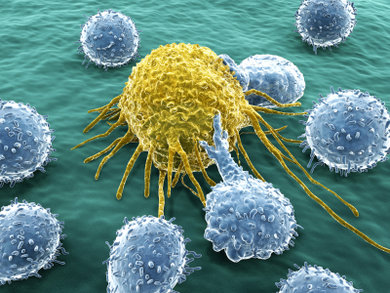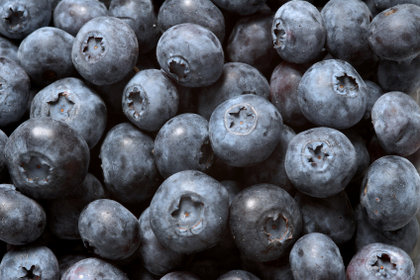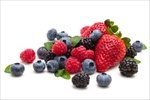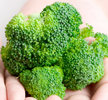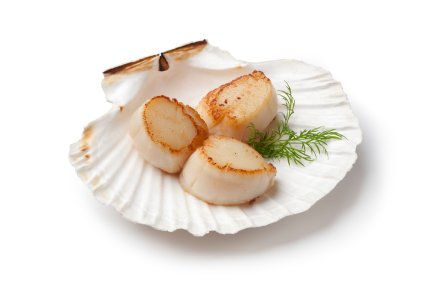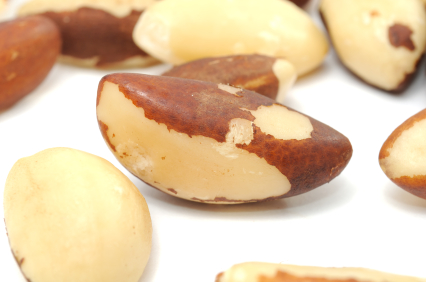Selenium Foods List – Finding selenium on
the menu and in your kitchen
|
Cancer Fighting |
Cancer Prevention |
Breast Cancer |
Lung Cancer |
Inflammation |
Antioxidants |
|
Vitamin C |
Magnesium |
Vitamin D |
Calcium |
Zinc |
Constipation |
Welcome to your go-to guide for selenium foods….
As noted in the page on selenium benefits, the highest concentrations of selenium are found in meat, seafood and whole grain cereals – the last however depends on the selenium content of the soil in which the grains are grown. Keep this in mind when looking at the below selenium levels for particular foods, especially plants – they can vary greatly.
Depending on where you live, inadequate selenium can become a problem. The UK, parts of Europe, the US Northeast and Southeast, and parts of China, among other areas, have low selenium soil levels.
If you live in a selenium depleted region or rely only on foods from these regions, you may be at greater risk for selenium deficiency. Consider sourcing grains from elsewhere or finding additional sources of selenium. Put this down as a benefit of the global food system.
According to 2010 study, the most common sources of selenium foods for Americans are breads, grains, meat, poultry, fish and eggs. But as we’ll see there are additional foods that can provide you with the selenium you need for vibrant health. Always good to have new ideas to boost your diet to healthier heights.
Without further ado, your selenium foods guide.
|
For more on Selenium Foods and related topics…
Press here for more on selenium benefits and selenium foods.
Press here for more on the benefits of multi-vitamins.
Press here for on anti-inflammatory diets.
Press here for more on cancer prevention diet.
Press here for more low cholesterol diet tips.
Press on Healthy Diet Blog for timely news about health and nutrition.
Press her for Healthy Diet Home.
